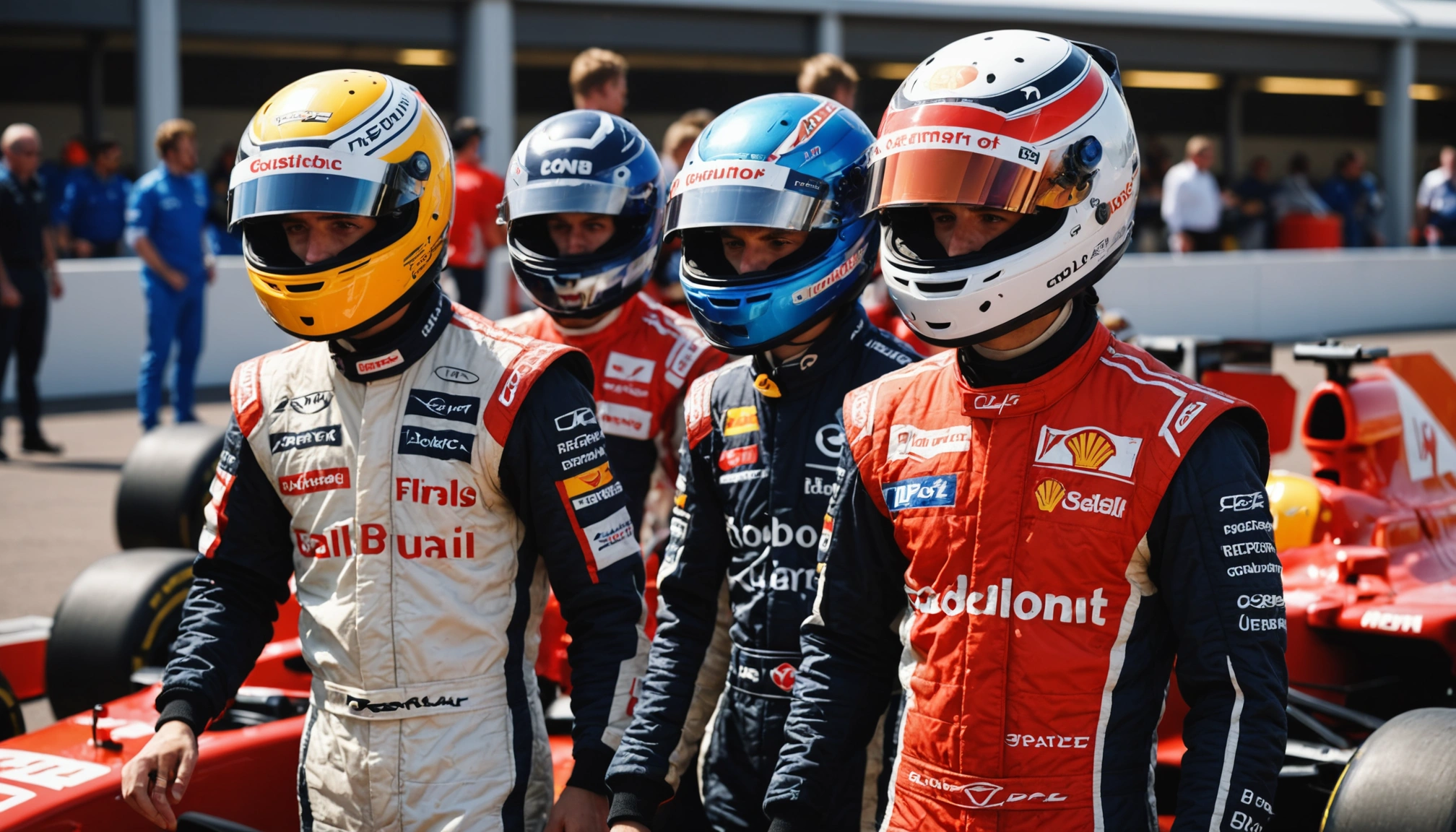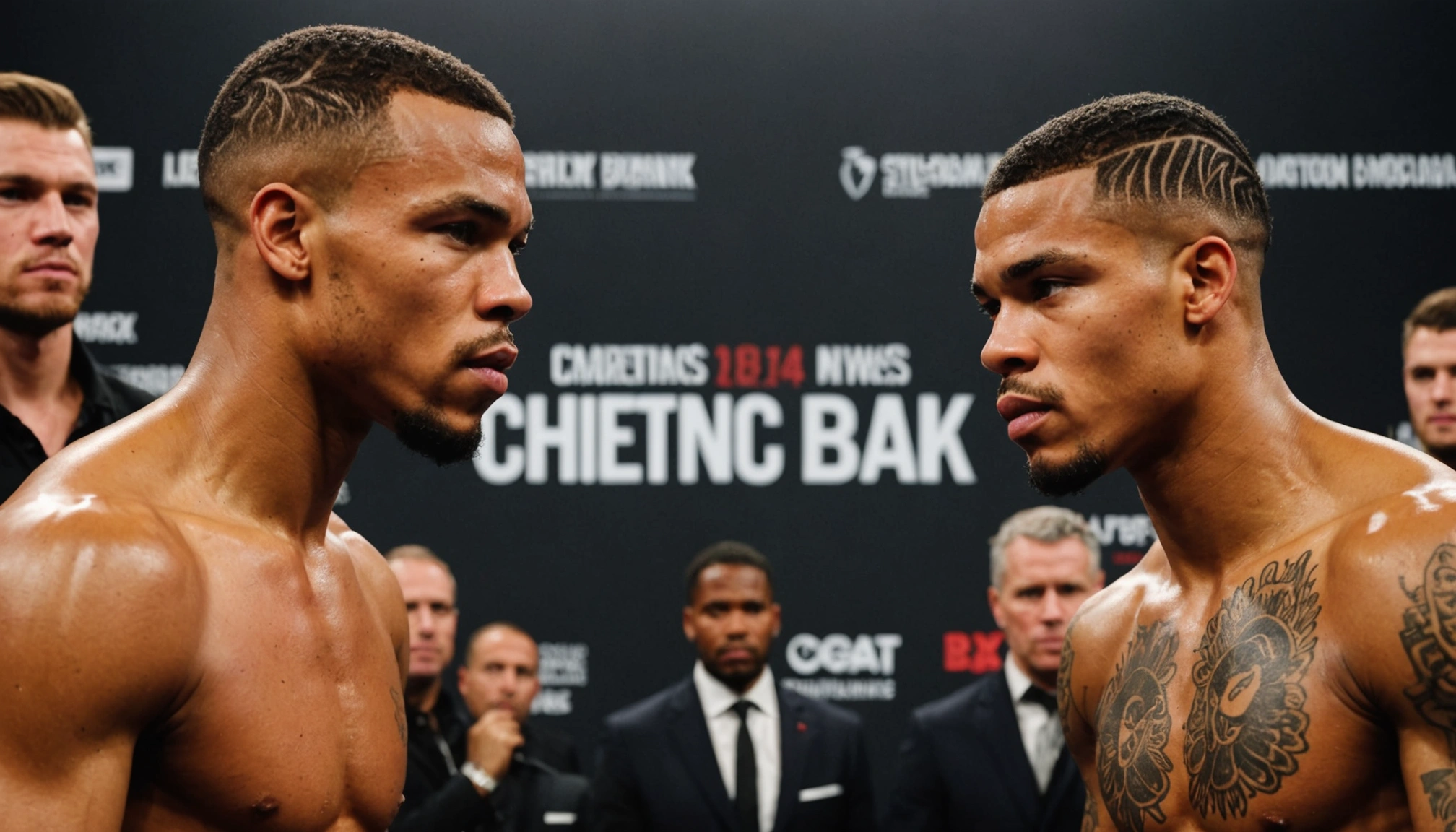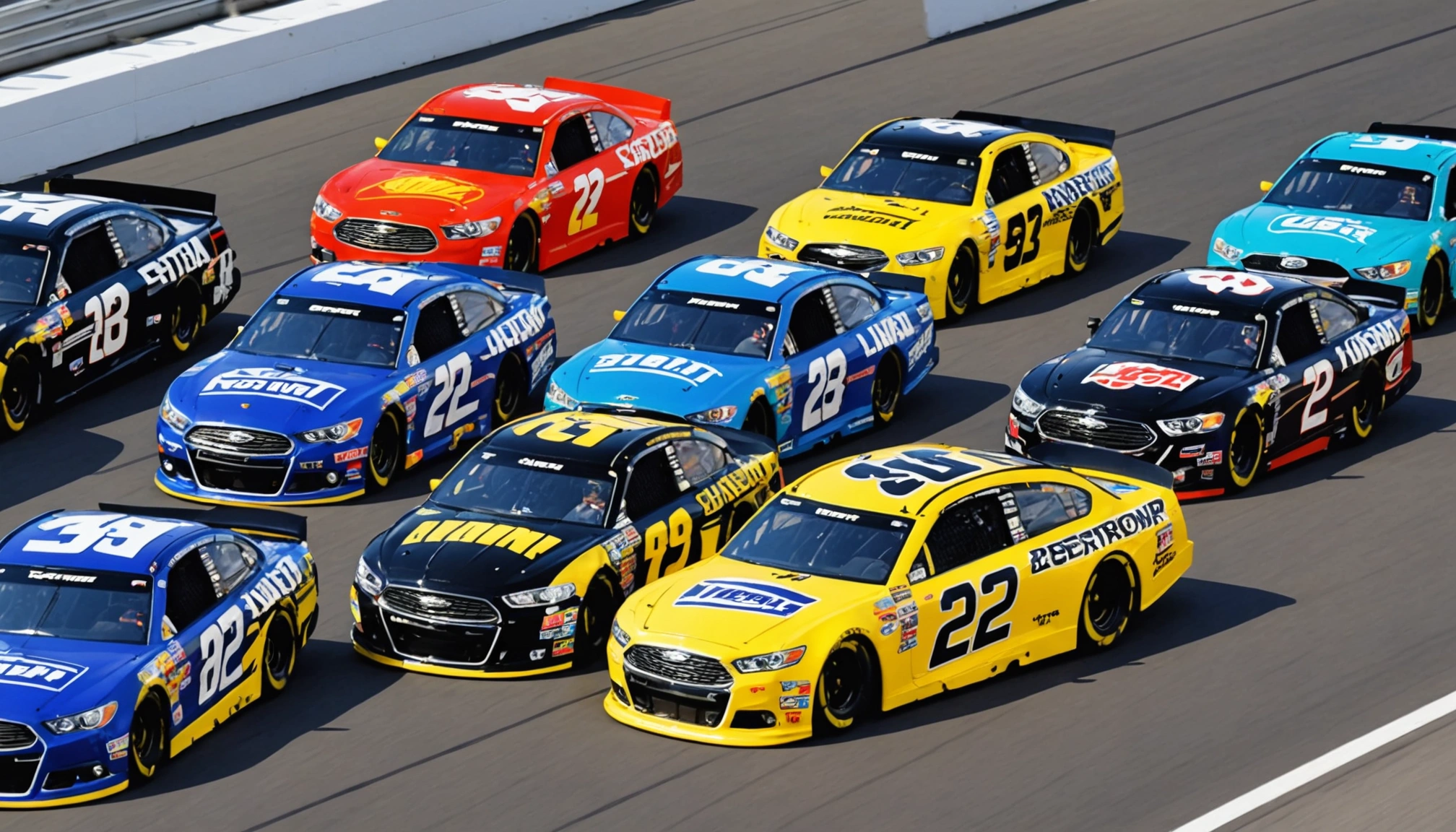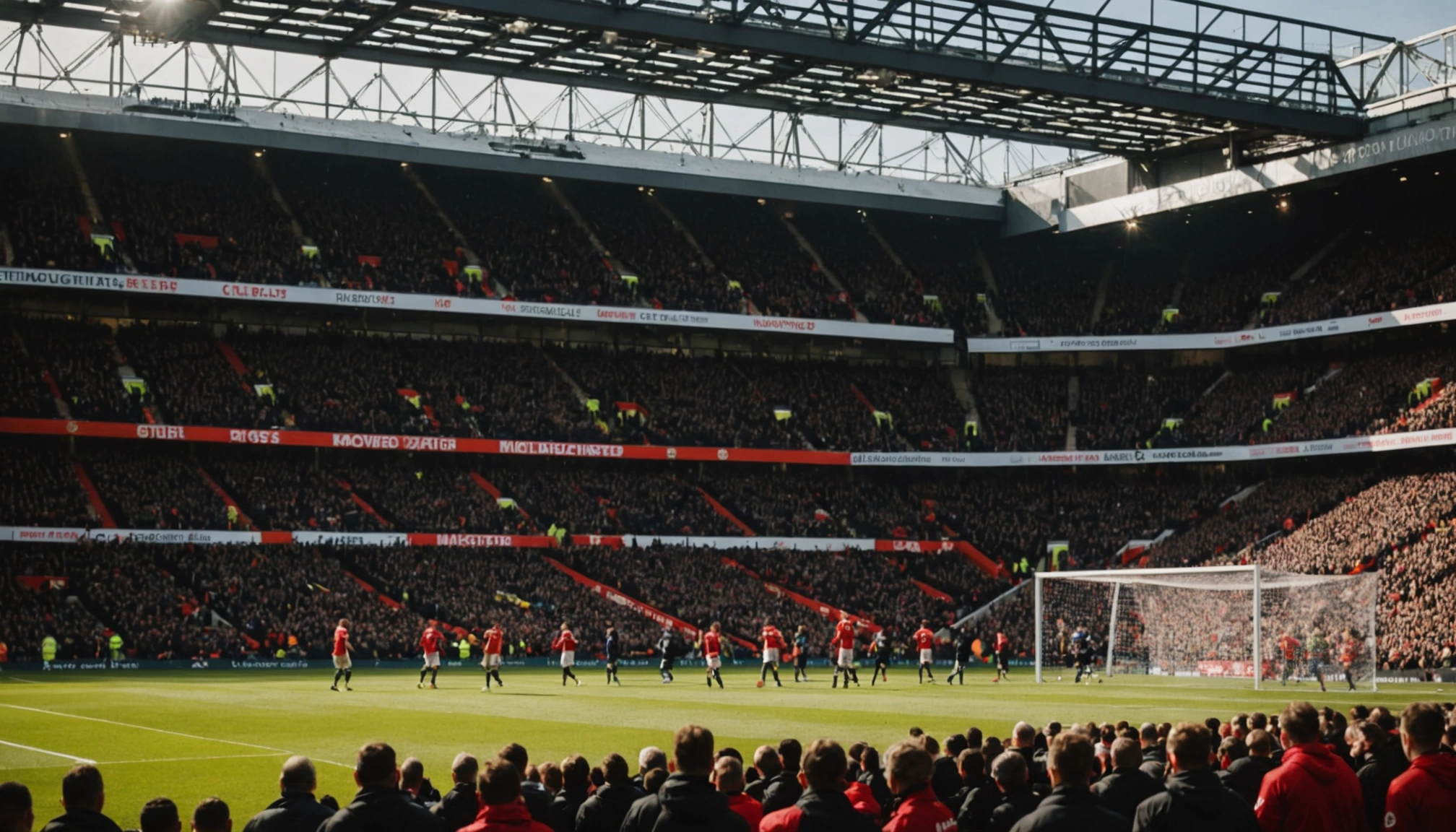Young Drivers Fighting For F1’s Last Remaining Seats
Discover the young drivers competing fiercely for the last Formula 1 seats in 2025, their backgrounds, challenges, and what it means for the sport’s future.

By Editorial
The battle for formula 1’s final seats in 2025
As the 2025 Formula 1 season rapidly approaches, the spotlight is increasingly turning to a handful of young drivers vying for the sport’s remaining seats. With a limited number of grid spots and a growing pool of talent hungry to break into the pinnacle of motorsport, these drivers face a fierce competition unlike any other. But what exactly is at stake, and who are the key contenders battling for these coveted positions?
Why the competition for f1 seats is fiercer than ever
Formula 1 has always been a challenging arena to enter, but recent changes in regulations, team strategies, and driver development programmes have amplified the pressure on young racers. Teams now demand a blend of raw speed, technical feedback, and commercial appeal. Additionally, the rise of junior categories such as Formula 2 and Formula 3 has created a clear pipeline of talent, meaning teams have more options than ever.
Moreover, with only 20 seats on the grid and many already occupied by established stars or long-term contracts, the number of available spots each season is minimal. This scarcity has intensified the battle, making every performance in feeder series and testing sessions critical for young drivers seeking a breakthrough.
Profiles of young drivers challenging for f1 seats
Among the ambitious contenders, a few names stand out due to their impressive performances and backing from top teams.
Oscar Piastri: The rising australian star
Oscar Piastri, current Formula 2 champion, has been linked with a Formula 1 seat for 2025. His consistent racecraft and maturity behind the wheel have earned him a reputation as one of the most promising talents. Supported by Alpine’s driver development programme, Piastri’s challenge lies in translating his junior success to the F1 environment.
Logan Sargeant: The american hopeful
Logan Sargeant made history as the first American to secure a full-time F1 seat in decades, but his position remains under scrutiny amid fierce competition. Known for his aggressive racing style and adaptability, Sargeant’s continued presence in F1 depends on strong performances and securing sponsorship in a sport where financial backing is often crucial.
Liam Lawson: The versatile new zealander
Liam Lawson has impressed with his adaptability across different racing categories and has been a reserve driver for Red Bull Racing. His ability to handle pressure and deliver consistent results puts him in contention, especially if a mid-season seat becomes available.
Challenges faced by young drivers entering f1
Securing a seat in Formula 1 is more than just winning races in junior categories. Young drivers must navigate a complex landscape of sponsorship, politics, and media scrutiny. The financial demands can be staggering, with many teams favouring drivers who bring significant backing.
Furthermore, the transition to Formula 1 requires mastering advanced technology and working closely with engineers to develop the car. This learning curve can be daunting, and not all talented drivers adapt quickly enough to secure long-term roles.
How teams decide on their next drivers
Teams consider several factors when choosing drivers beyond raw talent. These include the driver’s ability to provide technical feedback, marketability, and potential for longevity within the team. For example, some teams prefer nurturing young drivers within their academy systems, ensuring alignment with long-term strategies.
This approach has been seen with teams like Red Bull and Mercedes, who invest heavily in junior programmes. The competition for seats thus becomes a test not only of speed but also of personality, professionalism, and potential to contribute to the team’s success.
The impact of young talent on formula 1’s future
The influx of young drivers brings fresh energy and new fan bases to Formula 1. Their diverse backgrounds and racing styles add excitement to the grid and can influence team dynamics and race strategies. A strong rookie season can also inspire grassroots motorsport development within their home countries, broadening the sport’s appeal.
For instance, British fans have recently celebrated the success of homegrown talents, contributing to a resurgence in UK interest in F1. This trend parallels stories like GB riders securing multiple bronzes at European para dressage championships, showcasing the UK’s broader sporting excellence.
Conclusion: What to watch for in the 2025 season
The 2025 season promises to be a defining moment for several young drivers fighting for the last Formula 1 seats. Fans should watch closely how these drivers perform during pre-season testing and the opening races, as these opportunities will likely determine their futures.
Beyond the track, the driver market remains fluid, with mid-season changes possible due to performance or sponsorship shifts. Keeping up with news on driver line-ups and transfers will be crucial for enthusiasts wanting to stay informed. For comprehensive updates on sports transfers and developments, platforms like Premier League and beyond key football transfers September 2025 provide detailed insights into the competitive sports landscape.
Ultimately, the young drivers entering Formula 1 today will shape the sport’s future for years to come. Their journey is a testament to perseverance, talent, and the ever-evolving nature of racing at the highest level.
Related topics
Editorial
Sports expert at SportsScoop
Specialist in sports analysis and journalism
Related articles
Want to read more?
Explore our comprehensive collection of sports articles and analysis, or contact us for more information.



